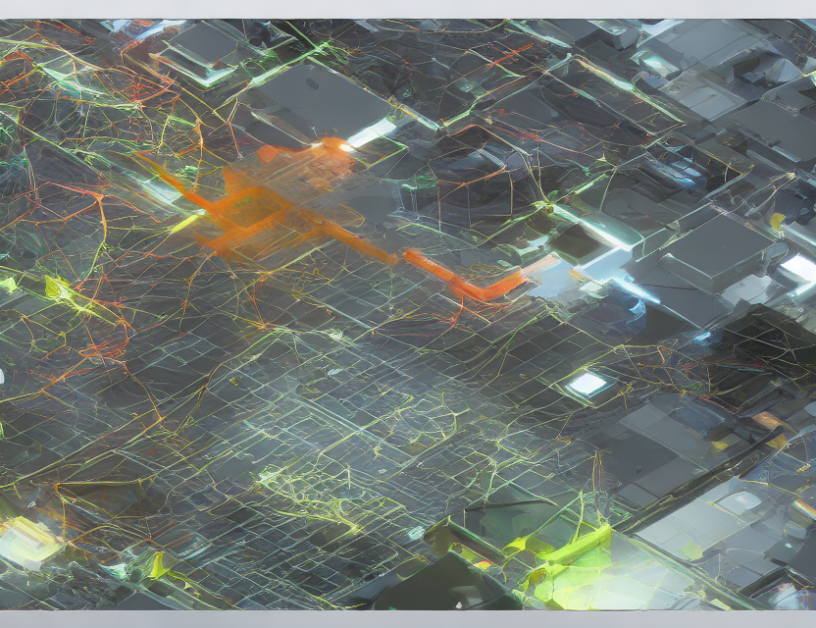Machine learning has revolutionized various fields, including program analysis and software engineering. However, directly processing raw code with machine learning models is challenging since it requires a suitable representation of the code. Researchers have explored different ways to represent applications, such as sequence of tokens, Abstract Syntax Trees (ASTs), and Intermediate Representations (IRs). These representations allow machine learning models to analyze and understand programs better.
Types of Program Presentations
There are three common types of program presentations used in the field: sequence of tokens, ASTs, and IRs. Sequence of tokens represents the code as a list of instructions, whereas ASTs provide a hierarchical representation of the code structure. IRs offer an abstract view of the code, simplifying complex representations into simpler forms. Each approach has its advantages and limitations, and researchers often combine them to create a more comprehensive understanding of the code.
Comparison of Representations
When choosing a program representation for machine learning models, it is crucial to consider factors like model complexity, computational resources, and data quality. The choice of representation can significantly impact the accuracy of the analysis results. For instance, ASTs provide more detailed information about the code structure but require more computational resources than sequence of tokens. IRs offer a balance between detail and efficiency, making them a popular choice for many applications.
Advantages and Limitations
Each program representation has advantages and limitations. Sequence of tokens is simple to implement and provides valuable insights into the code’s sequential structure. ASTs offer a more detailed view of the code structure but can be computationally expensive. IRs are a good balance between detail and efficiency, making them suitable for many applications. However, choosing the right representation depends on the specific use case and the desired level of accuracy.
Applications in Software Engineering
Machine learning models can analyze software systems more effectively by using program representations. They enable the analysis of code structure, performance, and security. For instance, ASTs can be used to analyze code complexity and identify potential vulnerabilities, while IRs can optimize code for better performance. By combining different representations, researchers can develop more sophisticated models that comprehend software systems better.
Conclusion
In conclusion, machine learning has revolutionized program analysis and software engineering by providing new ways to represent applications. Different types of program presentations offer varying levels of detail and computational efficiency. Choosing the right representation depends on the specific use case and desired level of accuracy. By combining different representations, researchers can develop more sophisticated models that comprehend software systems better. As machine learning continues to advance, it is likely that these models will play an increasingly important role in software engineering, improving code quality, performance, and security.



